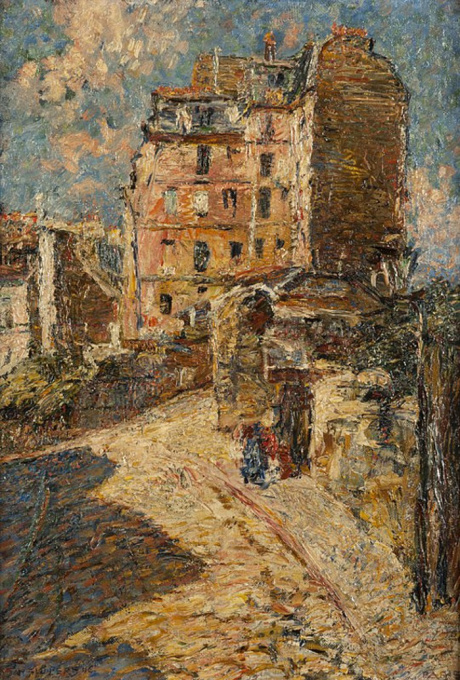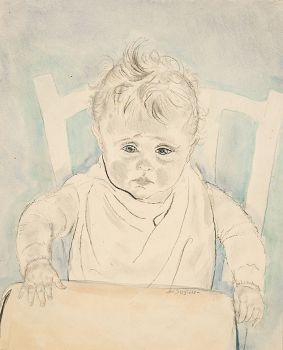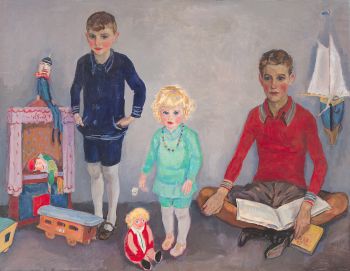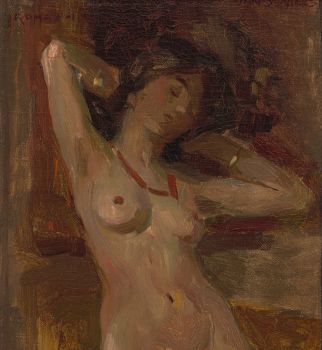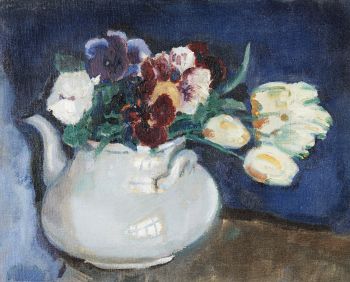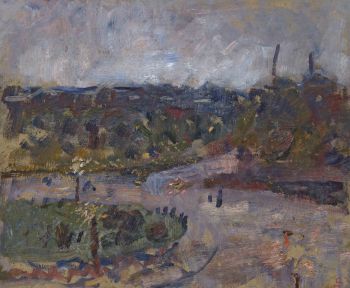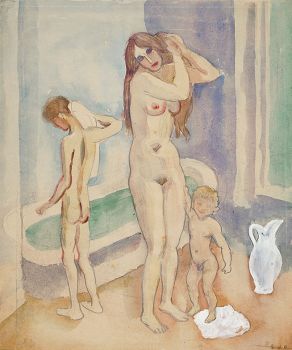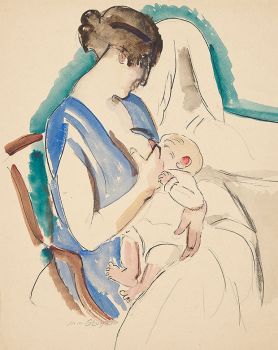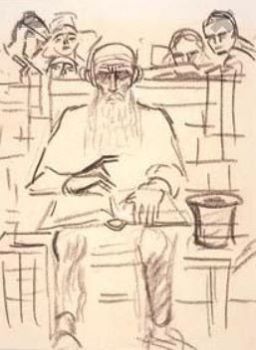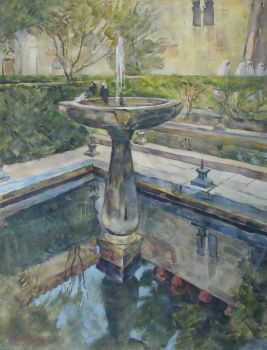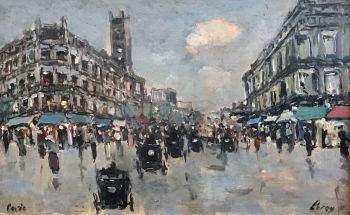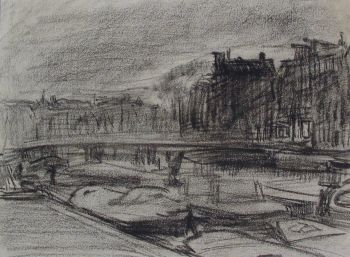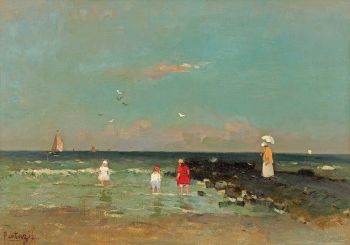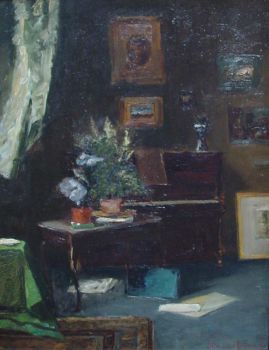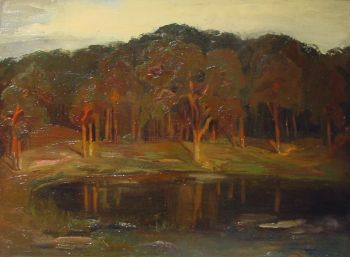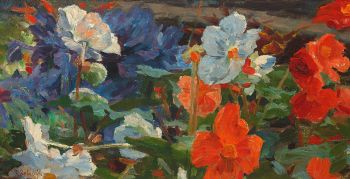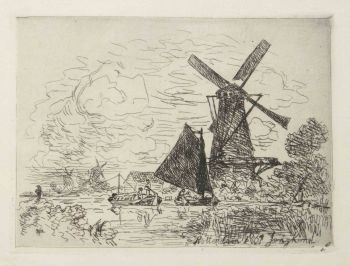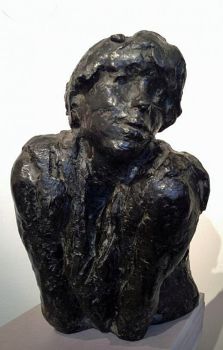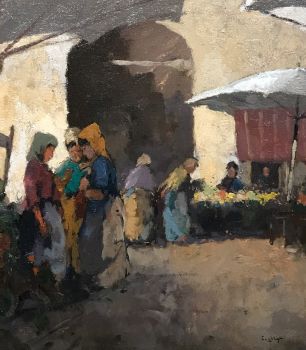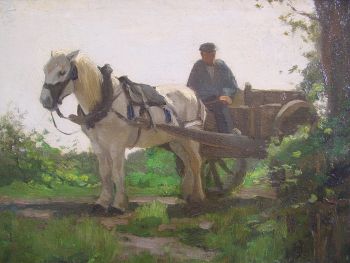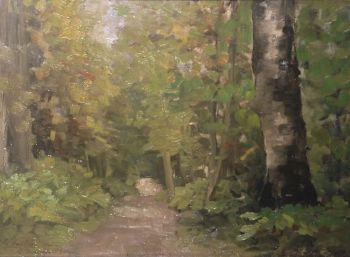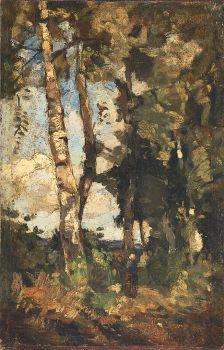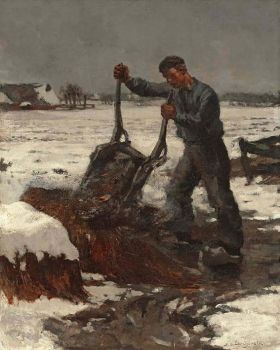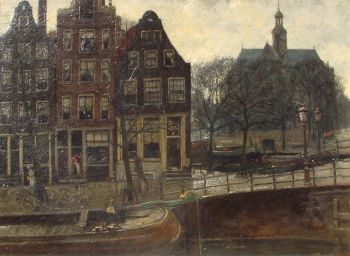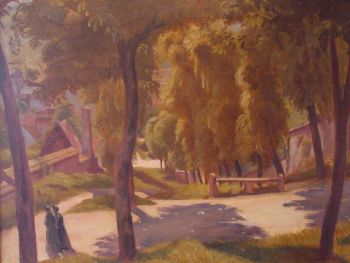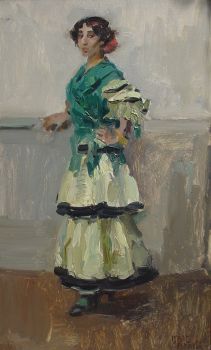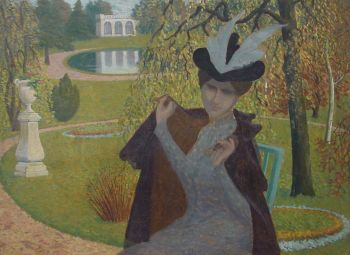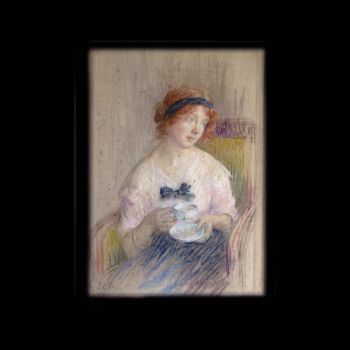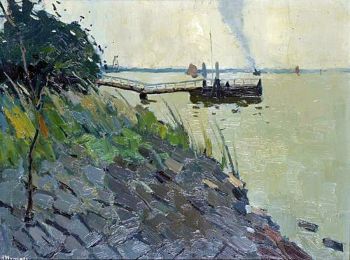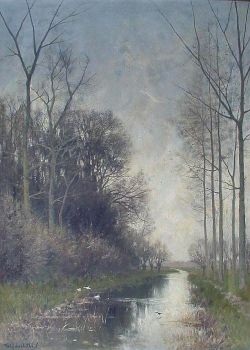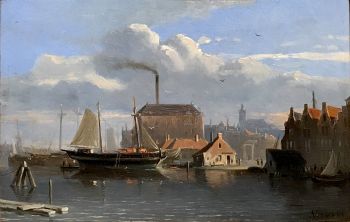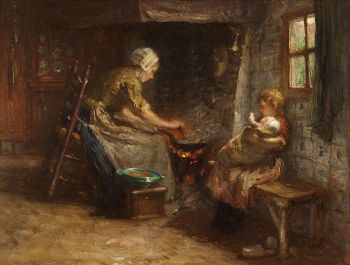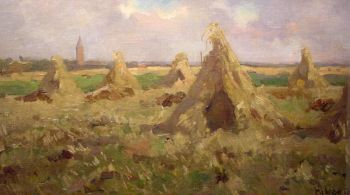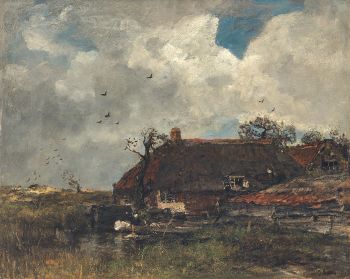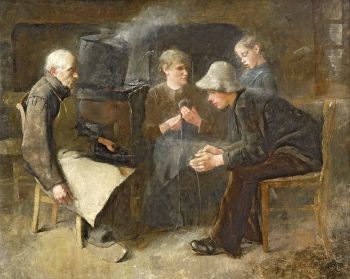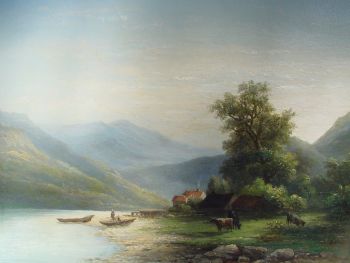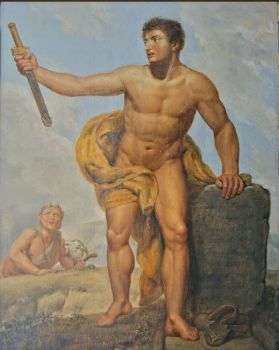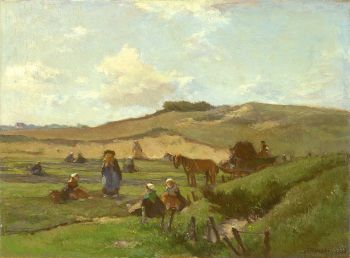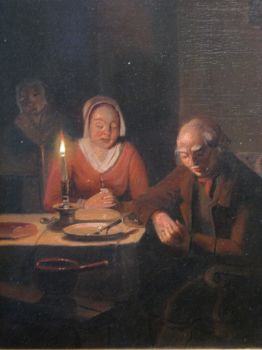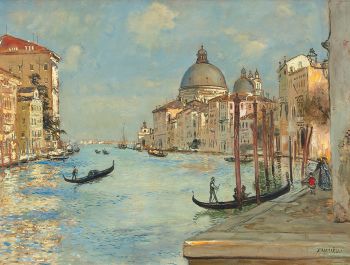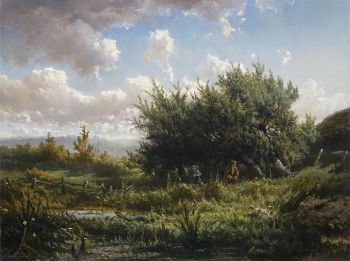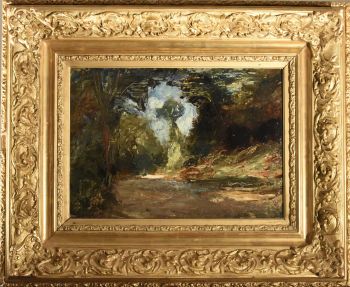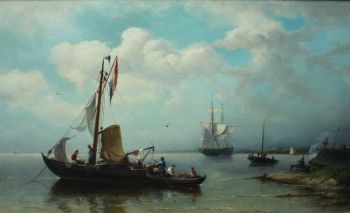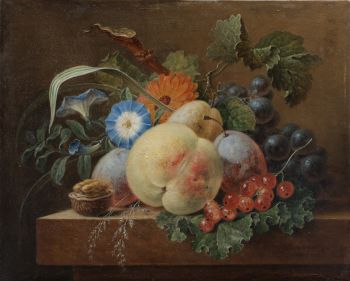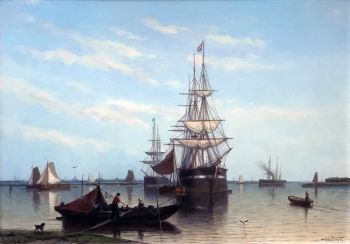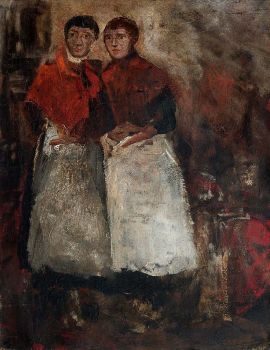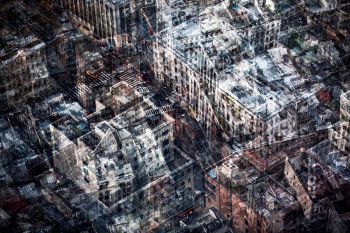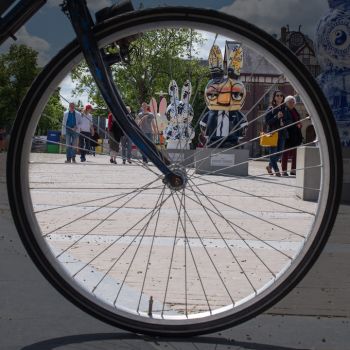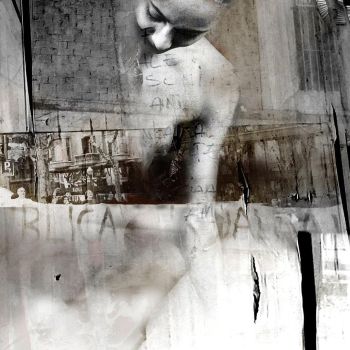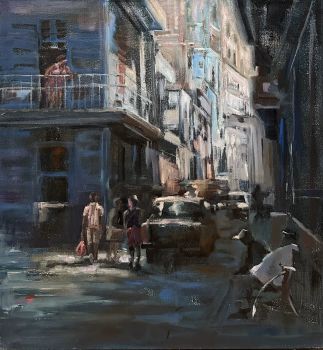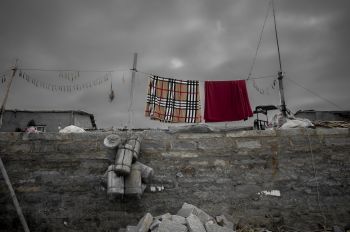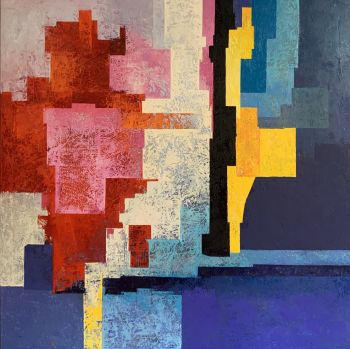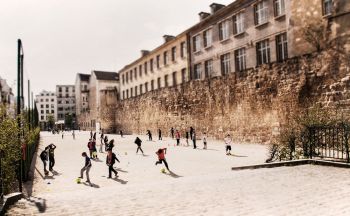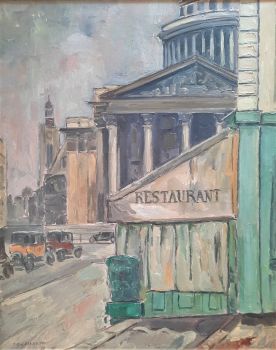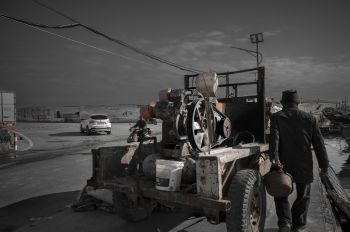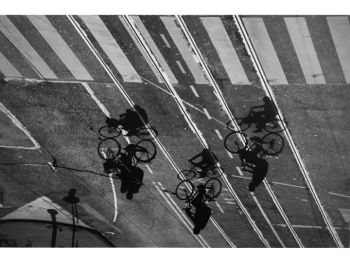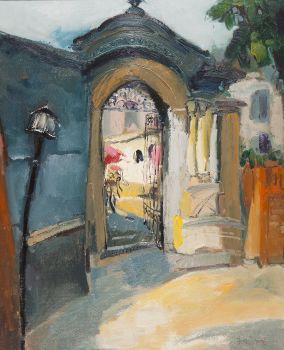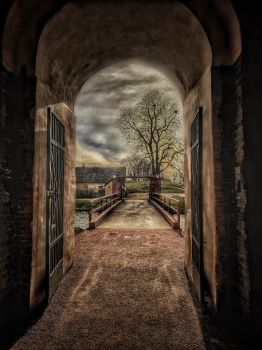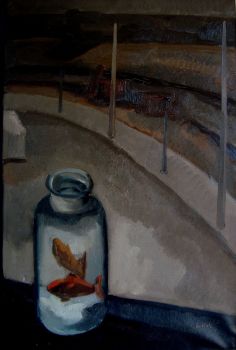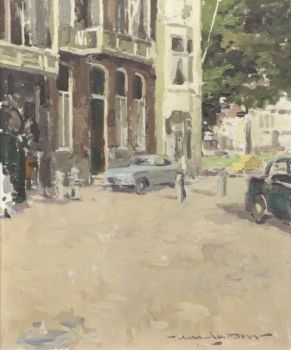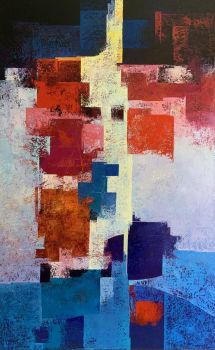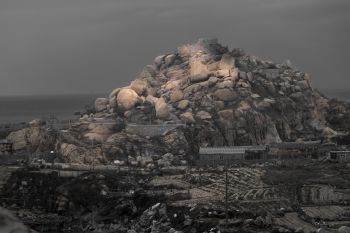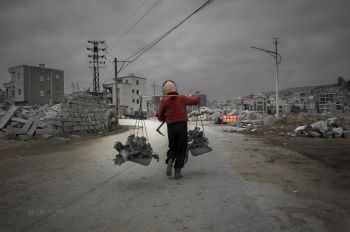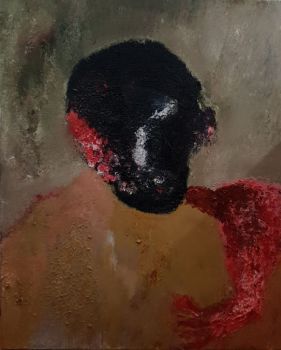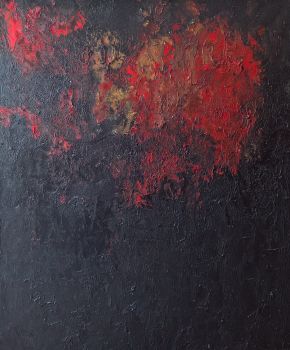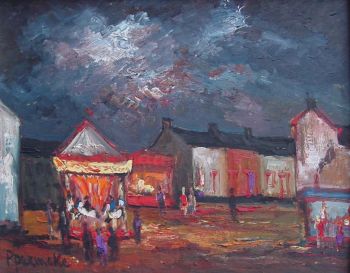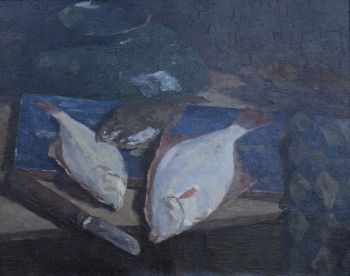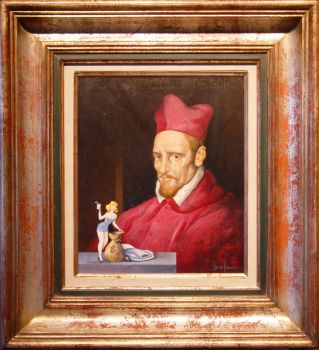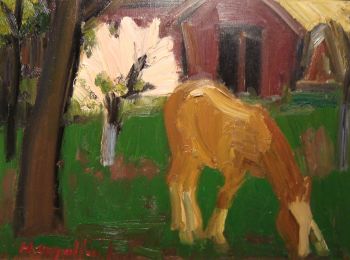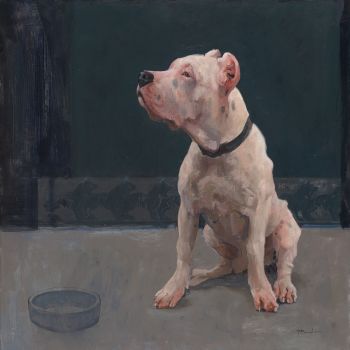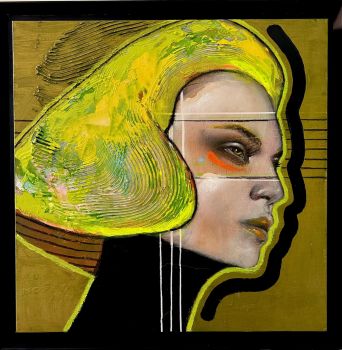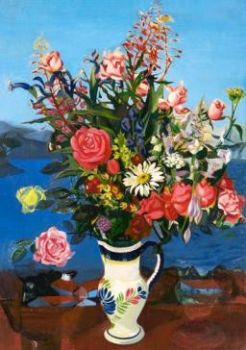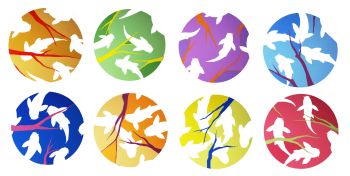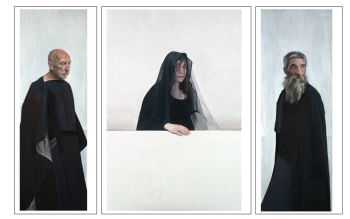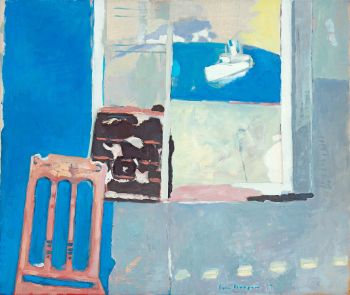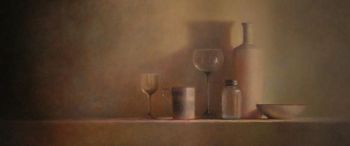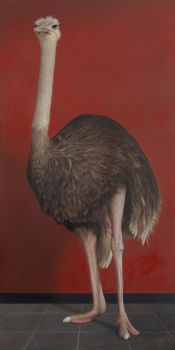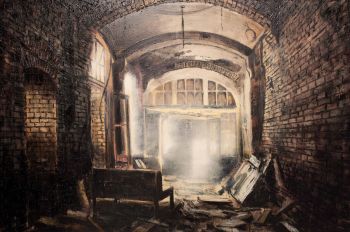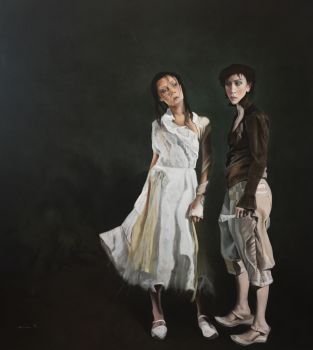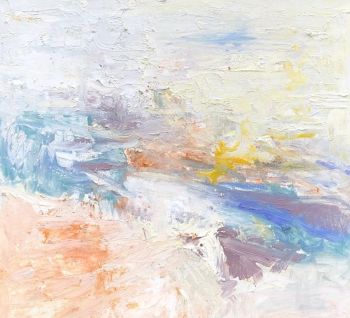Montmartre, Paris 1906
Jan Sluijters
Pintura a óleoPintar
53 ⨯ 36 cm
ConditionExcellent
Atualmente indisponível via Gallerease
- Sobre arteOil on canvas, signed and dated (‘06) lower left. Lower right 'Paris'
The work of Jan Sluijters is esteemed of great importance for Dutch Art History. He played a pioneering role in the avant-garde movement of which Piet Mondriaan and Leo Gestel were also a part. In 1904 Sluijters won the Prix de Rome. This government subsidy gave him the opportunity to study for four years abroad, beginning in Rome. Here Sluijters studied the classics, but after some time he felt the need to broaden his horizons. He travelled to Spain and finally ended up in Paris in 1906, just in time to visit the most important exhibition of the year, the Salon des Independants.
The vibrant artistic environment of Paris in those days gave Sluijters the inspiration that he was looking for. The Fauves started to become popular, the first general exhibition was organised with works by Van Gogh and Kees van Dongen, who had his first solo exhibition. All these influences and contacts are reflected in this painting by Sluijters depicting the artists' quarter of Montmartre.
Lit: This painting is included in the catalog raisonné of the artist by the National Institute for Art History (RKD) in The Hague: Jacqueline de Raad, Annemiek Rens, Ton Geerts: 'Jan Sluijters: Het geschilderde oeuvre', RKD Monographs 2014
Provenance: Kunsthandel M. L. de Boer, Amsterdam, no. 9833, 1972 - Sobre artista
Jan Sluijters nasceu em Den Bosch em 1881. Ele era filho de Gijsbertus Antonius Sluijters. O próprio Jan Sluijters teve três filhos chamados Jan Sluijters (jr.), Lous Sluijters e Eliza Sluijters junto com M.F. van Cooten. Seus genros eram Jacob Kuijper e Kuno Brinks. Suas pinturas apresentam estudos de nus, retratos, paisagens e naturezas mortas. Jan Sluijters, junto com Piet Mondriaan e Leo Gestel, destaca-se como um dos artistas modernos holandeses verdadeiramente pioneiros. Em seus primeiros anos, Sluijters experimentou muitos estilos diferentes. Depois de suas visitas a Paris, seu estilo tornou-se mais expressivo e pertenceu mais ao cubismo e ao futurismo. Uma parte particularmente importante de sua obra são as paisagens luminísticas que datam de seu período inicial. Após seu período expressionista na pequena vila de Staphorst em 1916, Sluijters começou a pintar nus e retratos realistas. Várias ruas levam o seu nome na Holanda, incluindo uma no bairro de ruas com o nome de pintores holandeses dos séculos 19 e 20 em Overtoomse Veld-Noord, Amsterdã. Jan Sluijters morreu em Amsterdã em 1957.
Artwork details
Related artworks
- 1 - 4 / 12
Carel Nicolaas Storm van 's Gravesande
My studio in Bruxelles1841 - 1924
Preço em pedidoKunsthandel Pygmalion
Albert Clouard
Élégante à la cape (Elegant lady with a cloak)1866 - 1900
Preço em pedidoKunsthandel Pygmalion
Raoul Hynckes
Riverview with scaffolding (near Kinderdijk, the Netherlands)1913 - 1924
Preço em pedidoKunsthandel Pygmalion
1 - 4 / 24Fredericus Jacobus van Rossum du Chattel
Poldervaart in the Vecht river region1899 - 1901
Preço em pedidoKunsthandel Pygmalion
Bernardus Johannes Blommers
Het bereiden van de maaltijd1870 - 1914
Preço em pedidoStudio 2000 Art Gallery
 Com curadoria de
Com curadoria deDanny Bree
Corstiaan Hendrikus de Swart
Mountain landscape with Lake1838 - 1900
Preço em pedidoKunsthandel Pygmalion
Johannes Evert Akkeringa
'Nettenboetsters' in the Dunes1861 - 1942
Preço em pedidoStudio 2000 Art Gallery
1 - 4 / 24- 1 - 4 / 24
- 1 - 4 / 24

